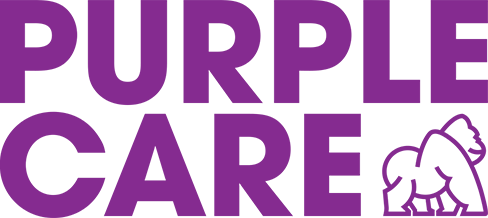Taking proper care of your lawn can seem like a lot of work. Keeping it green, strong, and thriving throughout the hottest months of summer may sound difficult, but it actually doesn’t have to be. In fact, by periodically doing a few simple things, you can improve your lawn’s health and wellness in both the short and long term. However, there’s a strong chance you aren’t doing these things. For many people, some of the most pivotal lawn maintenance procedures are often overlooked as either too much work or unnecessary.
Here are three things that you probably should be doing to help your lawn thrive but probably aren’t.
Fertilizing
Fertilizing a lawn is often seen as an expensive, smelly, and difficult project that takes a lot of time, muscle, and money at your local garden supply center. However, lawn fertilizing is crucial for helping your lawn recover from its dormant winter state and get back to full health. Fertilizer contains a ton of nutrients that your grass needs for survival and for strength. A well-fertilized lawn will be hardy and more resistant to foot traffic and other use. A lawn that isn’t properly fed or fertilized will emerge from winter in a weakened state and be highly-susceptible to serious damage from weeds and disease.
In most cases, fertilizing isn’t even an annual service—many lawns can go two or even three years without fertilization when properly kept up. However, a lawn that isn’t really well-kept, a lawn overrun with weeds, or a lawn that is thin and patchy should absolutely be fertilized in the springtime in order to start getting nutrients into the soil your lawn is rooted in.
Aerating
Aerating is the process of opening up or loosening your soil in order to allow more oxygen to reach your lawn’s root system. Aeration involves pulling small plugs of soil roughly a few inches apart and a few inches deep out of your lawn. This allows water, nutrients, and oxygen to reach the base of your lawn’s root system and allows the roots to continue to spread and grow without constantly working against tightly-packed soil that comes from months or years of foot traffic.
Depending on how often you use your lawn and what kind of use it sustains, you should aerate your lawn roughly every two to three years. If you use your lawn a lot, such as lawns in public spaces, you should aerate annually. The plugs that are pulled up should be allowed to decompose on the lawn itself—a process that typically finishes in just a few days.
Leaving Grass Clippings When Mowing
Grass clippings are ugly, and they can make a huge mess when left strewn about your lawn. When winds kick up during spring and summer months, grass clippings can quickly be carried away, causing a huge mess somewhere else or for a neighbor down the street. Nobody wants to be responsible for that. But when you mow your lawn and you collect the grass clippings, what you may not realize is that you are also throwing out an important source of nitrogen and nutrients for your lawn. A study by Oregon State University found that grass clippings can contain as much as three to four percent of their weight in nitrogen, roughly three percent in potassium, and even more.
However, if you do plan on leaving your clippings down, make sure you mow your lawn often. During the peak of grass growing season, that may mean mowing every three days or so in order to make sure the clippings stay short enough to the point where they are actually beneficial. Clippings that are too long will smother the grass beneath. Likewise, you should never remove more than one-third of the entire length of a blade of grass when mowing. However, doing so can greatly reduce how often you need to apply fertilizer to your lawn to revitalize it.
Keeping your property looking its best is what we do here at Purple Care! Find out more about these or any of our other great services by calling (817) 880-6052 today.




Comments (0)
Thanks for your comment!
Thanks for your feedback! Your comments have been successfully submitted! Please note, all comments require admin approval prior to display.
Error submitting comment!
There is a problem with your comment, please see below and try again.